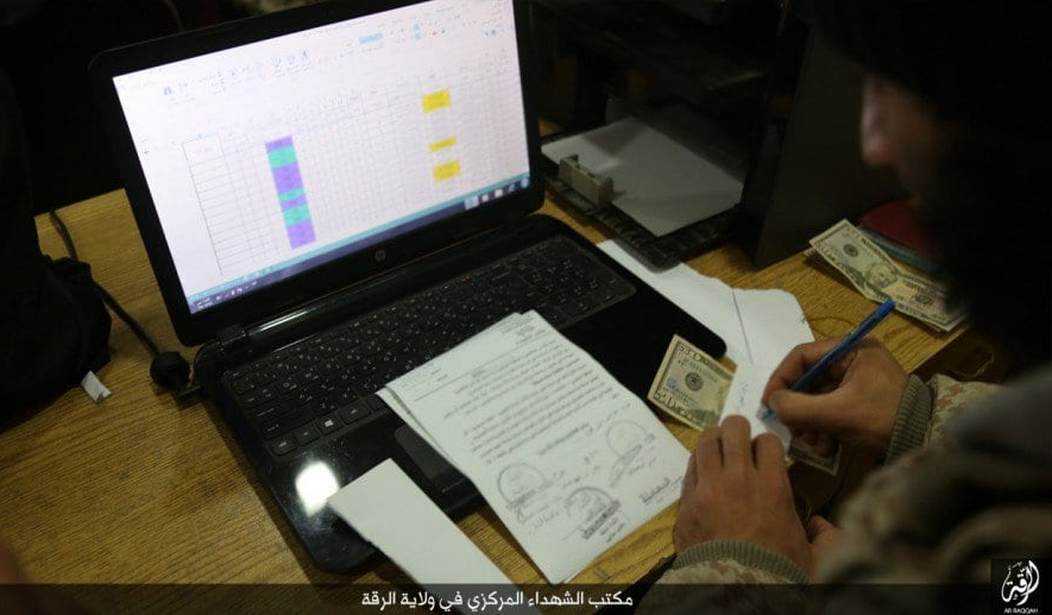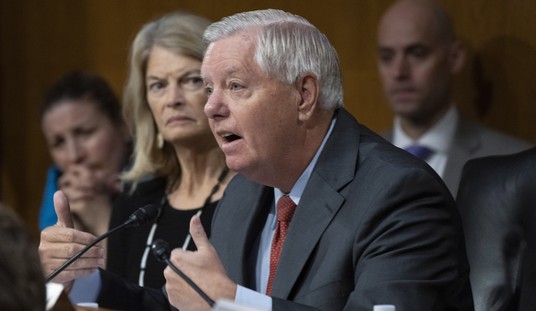WASHINGTON — Seventeen years after the 9/11 attacks on America, al-Qaeda has moved from relying on external donations to more diversified sources of financing — so have ISIS as they’ve lost territory but not their fundraising power.
At a House Financial Services Subcommittee on Terrorism and Illicit Financing hearing Friday, Washington Institute for Near East Policy fellow Katherine Bauer explained that “a number of dynamics” underlie the changes in terror financing, “including counterterrorism efforts broadly and counter-terrorist financing efforts specifically, but also the breakdown of political systems and the proliferation of ungoverned spaces that have allowed terrorist organizations to increasingly hold territory, to tax and extort the local population, and to even control, extract and sell resources.”
“Terrorist organizations have also capitalized on trends of globalization that facilitate even greater movement of ideas, people and funds. Disrupting foreign sources of financing alone, therefore, will not bankrupt such groups. As terrorist financing methodologies evolve, responses from the international community to counter such threats must also adapt,” she said. “Despite the fact that many terrorist organizations appear better-resourced than ever before, counter-terrorist financing remains a valuable endeavor.”
Despite ISIS losing most of its old caliphate territory, Bauer told lawmakers that ISIS “remains well-resourced, able to pay salaries and send funds abroad to its affiliates as well as mount attacks.”
Yaya Fanusie of the Foundation for Defense of Democracies’ Center on Sanctions and Illicit Finance said cryptocurrencies such as Bitcoin “are also becoming a part of the illicit financing toolkit available to terrorists” and “multiple jihadist cryptocurrency fundraising campaigns on social media” have been documented.
“Cold hard cash,” he explained, “is still king, but jihadist groups are building diverse portfolios.”
“There are enough case studies of jihadist groups experimenting with cryptocurrencies to suggest that law enforcement and the intelligence community must prepare for terrorists to try to exploit digital tokens as the technology spreads,” Fanusie added.
Oren Segal, director of the Anti-Defamation League’s Center on Extremism, told the committee that over the past decade domestic extremists “of all kinds” have killed at least 387 people in the United States. Of those, 71 percent were committed by right-wing extremists such as white supremacists and anti-government extremists.
“Unlike some foreign terrorist organizations that receive large amounts of financial resources from state sponsors, extremist movements in the United States are generally self-funded,” Segal said. “…Recent advancements in online funding and social media usage have provided white supremacists with more fundraising and recruitment opportunities. White supremacists quickly discovered for themselves the usefulness of these dedicated social media Internet platforms like GoFundMe, Kickstarter and others.”
He added that “while these companies need to police their own platforms, there is a role for civil society and government,” including using “their bully pulpit to send loud, clear and consistent messages that hatred and violent extremism is unacceptable” and to “urge tech companies to continue to provide and improve their terms of service and rigorously enforce their own guidelines.”
Segal explained to lawmakers that “most of the domestic extremists, whether they are white supremacists, anti-government or even those who are inspired by ISIS and al-Qaeda but have lived here or were raised here, they are able to mask in some way some of their online donations.”
“So if you have an online crowdfunding site, you don’t always necessarily have to even use your real name or in some cases what they do is pretend to raise money for some cause that doesn’t sound particularly volatile or extremist as a way to sort of fool people into providing them money,” he said, adding that other money-raising scams perpetrated by domestic extremists include mortgage fraud.
Ali Soufan, a former FBI agent and chairman and CEO of the Soufan Group, noted a “worrying” report that the U.S.-backed, Saudi-led coalition fighting in Yemen “had resorted to paying AQAP to retreat from strategic holdings, in the process allowing them to retain their weapons and stolen assets.”
Additionally, Al-Qaeda in the Arabian Peninsula, he explained, “has strengthened its ties to Yemen’s Sunni tribes and militias to the point where it would be difficult, if not impossible, to support those groups without indirectly supporting al-Qaeda.”
AQAP has grown from about a thousand fighters before the beginning of the 2015 civil war in Yemen to more than 7,000 today.
“A new jihadi threat has emerged around the world. It consists of many different radical organizations deeply embedded in local conflict that has made them difficult to target,” Soufan testified. “But there is a common factor linking these groups including the so-called Islamic State as well as every al-Qaeda franchise. That factor is the ideology of Salafi jihadism that manifests itself in the narrative of Osama bin Laden. We must dedicate ourselves to destroying that narrative. Only when we do so, we finally defeat them.”
RAND Corp. senior political scientist Colin Clarke warned that “ISIS is going to be around for a long time enabled in part by its finances, which means that countering its ability to operate is critical to U.S. national security.”
“ISIS has embraced the notion of the crime-terror nexus, going to great lengths to recruit members from the criminal underworld. We saw this with the individuals involved in the Paris November 2015 and Brussels March 2016 attacks,” he said. “ISIS is different from previous terrorist groups because the territory it controlled provided extremely lucrative resources, such as oil, and a renewable funding source in the form of a taxable population.”
“ISIS generated its wealth from three primary sources — taxation and extortion, the looting of banks, and oil and gas. Like other terrorist groups, ISIS also relied on a range of criminal activities including kidnapping for ransom and antiquities smuggling. External state sponsorship at least to date has not been a major source of ISIS financing.”
Clarke cautioned that as the terror group’s territory is further reduced, “ISIS will compensate for losses and certain revenue streams by increasing revenue generation elsewhere.”
Reconstruction aid to liberated cities once occupied by the terror group “provide an attractive target for ISIS to make money without holding or controlling territory,” he noted, and currently “there are no law enforcement or security service entities capable of preventing ISIS from making large sums of money from reconstruction contract skimming.”
Three-quarters of terrorist attacks cost less than $10,000, Clarke reminded lawmakers.
“Micro-financing the caliphate,” he said, “causes a really significant threat” as transactions are in “such small denominations” for monitors to try to catch.









Join the conversation as a VIP Member